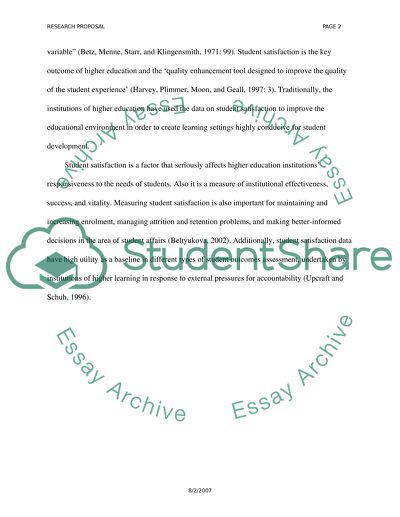Cite this document
(Student Satisfaction in Distance Learning Research Proposal, n.d.)
Student Satisfaction in Distance Learning Research Proposal. Retrieved from https://studentshare.org/education/1526196-student-satisfaction-in-distance-learning
Student Satisfaction in Distance Learning Research Proposal. Retrieved from https://studentshare.org/education/1526196-student-satisfaction-in-distance-learning
(Student Satisfaction in Distance Learning Research Proposal)
Student Satisfaction in Distance Learning Research Proposal. https://studentshare.org/education/1526196-student-satisfaction-in-distance-learning.
Student Satisfaction in Distance Learning Research Proposal. https://studentshare.org/education/1526196-student-satisfaction-in-distance-learning.
“Student Satisfaction in Distance Learning Research Proposal”, n.d. https://studentshare.org/education/1526196-student-satisfaction-in-distance-learning.


